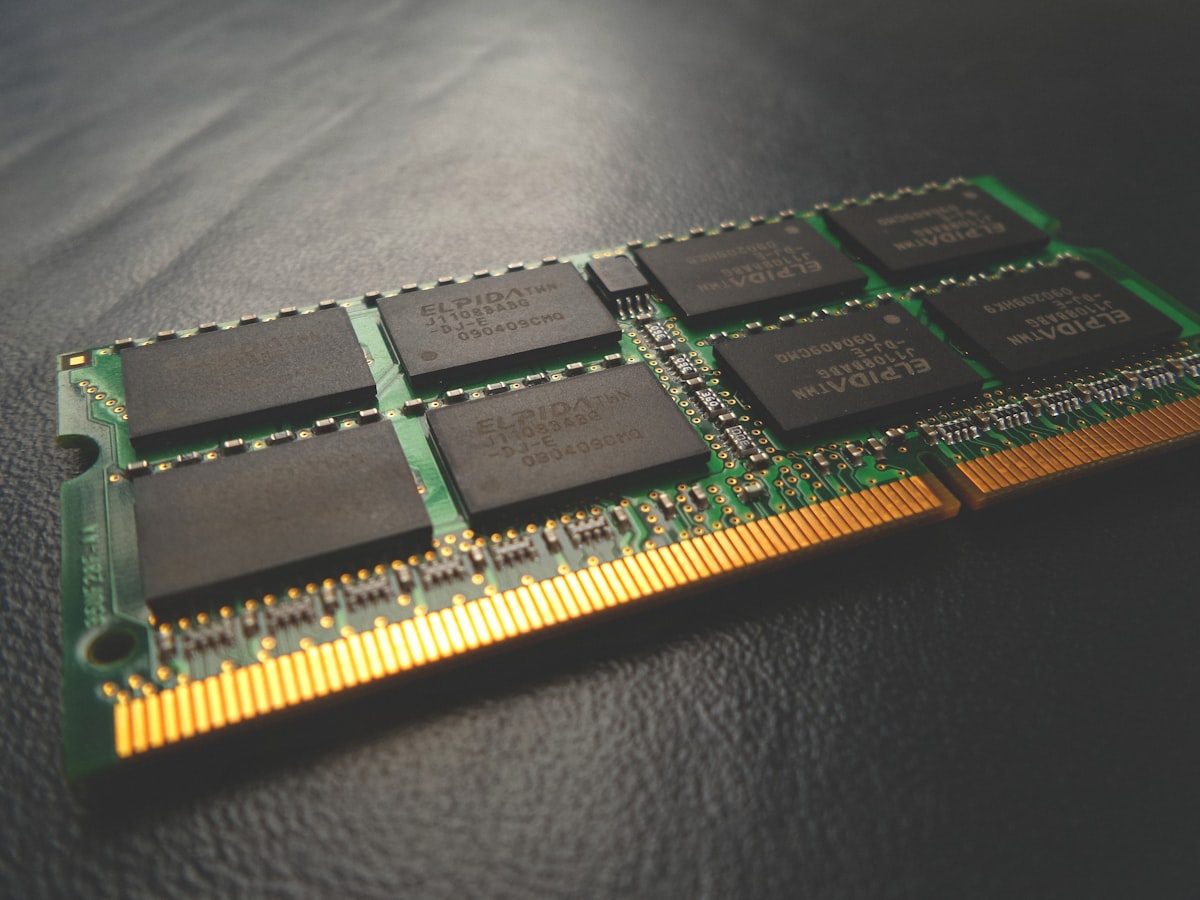How to clear RAM memory Cache in Linux
Whether for your VPS or your PC manually clearing RAM cache on your Linux system without rebooting can be useful.

Linux is a robust system built with memory management like all other systems. However Linux gives you granular control in freeing the cache. You might sometime find yourself in a situation where a software is consuming more RAM than expected and you just want to free the RAM.
A RAM is a type of volatile storage used to store running apps data and instruction sets. Unlike your other types of storage such as hard disk or SSD which are non-volatile a ram is extremely faster however on power loss all data is cleared.
First method - Rebooting
Now the understanding of what a RAM is this technically means the first way/method to clear your RAM is rebooting your Linux system.
Second Method - Clearing memory yourself
So you run a VPS or a critical infrastructure and a reboot of your system would cause unnecessary down time. In Linux it is possible to manually clear RAM cache.
The command for clearing cache is sync. We usually append ";" in front of the command so that the command run's sequentially. The final part is writing to drop_cache this is necessary so we can clean the cache without killing any running application/service because that would be a nightmare.
NB: If the commands don't run as sudo run them as root user. To do that run "su -"

Clearing page cache
A page cache is a type cache that emanates from I/O operations on the hard disk / SSD. This is a cache from operations such as read(),write() and mmap().
Clearing inodes and dentries
Inodes are data structures that represent a file while dentries data structures that represent file or folder.
sync; echo 2 > /proc/sys/vm/drop_cachesClearing page cache, inodes and dentries
sync; echo 3 > /proc/sys/vm/drop_cachesConclusion
Whether for your VPS or your PC you can manually clear RAM cache on your Linux system without rebooting. You can automate the task by writing a shell script and run the shell script periodically using crontabs.
#!/bin/bash
echo "echo 3 > /proc/sys/vm/drop_caches"